Hummingbirds & Feeders
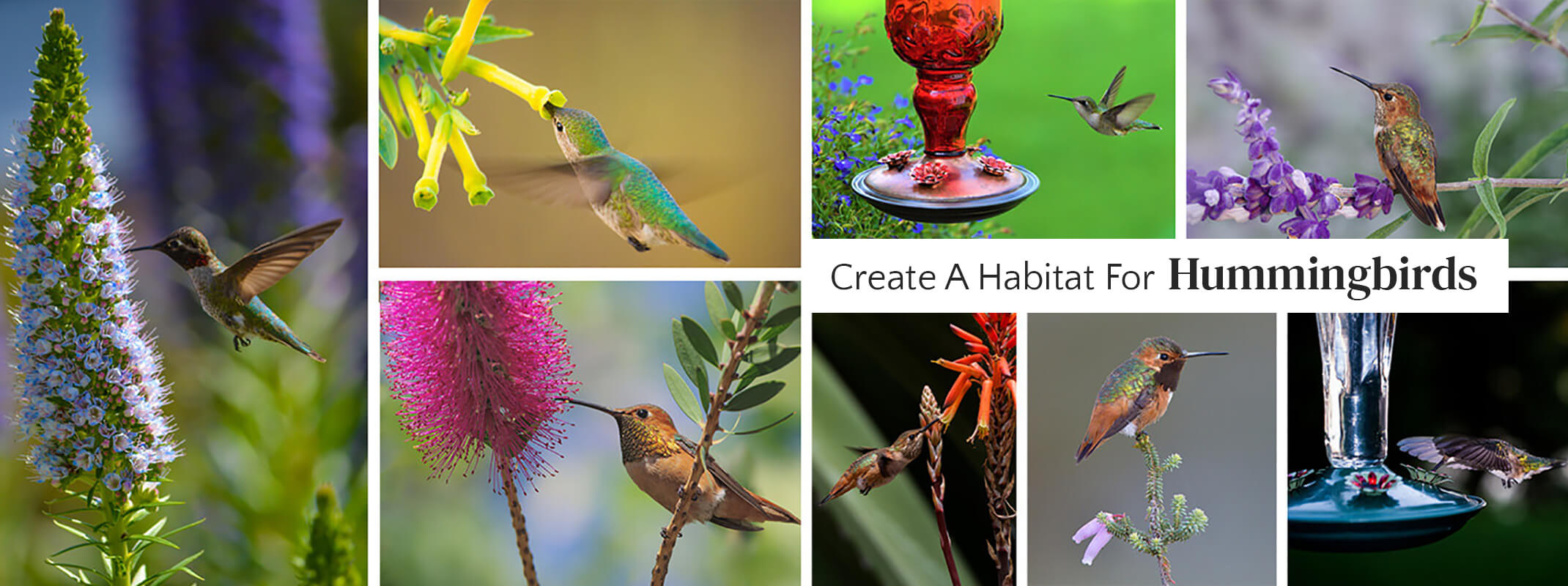
Hummingbird Habitats: Bring the Flutters to Your Garden
Hummingbirds are enchanting, fast-flying creatures that can transform your backyard into a vibrant, lively space. With just a few thoughtful steps, you can create a hummingbird-friendly habitat that provides nourishment, shelter, and enjoyment for both you and your winged visitors.
Why Attract Hummingbirds?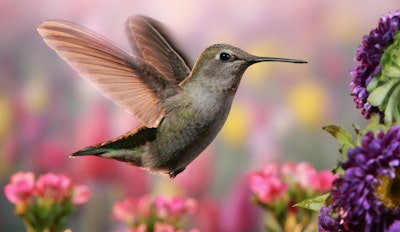
- Master Pollinators: With their long beaks and small size, hummingbirds can reach flowers other birds can’t, helping plants reproduce and thrive.
- Natural Pest Control: These tiny birds eat small insects like gnats and aphids, often catching them mid-flight.
- Incredible Metabolism: Hummingbirds need to eat every 10–15 minutes and can consume twice their body weight in nectar daily. By providing them with food, you’ll help support their high-energy lifestyle.
Creating a Hummingbird Habitat
1. Hummingbird Feeders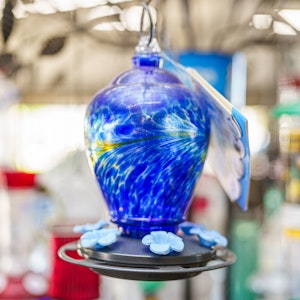
- Choose feeders with red accents to attract hummingbirds.
- Hang at least two feeders in separate locations to reduce territorial disputes.
- Maintain feeders by cleaning them regularly with a solution of one part vinegar to two parts water, rinsing thoroughly before refilling.
2. Hummingbird Nectar
Homemade nectar is simple, safe, and cost-effective:
- Recipe: Mix 4 parts hot water to 1 part white granulated sugar. Boil for 2 minutes and let cool.
- Tips: Avoid honey, raw sugar, or red dye, which can harm hummingbirds. Hang feeders in the shade to keep nectar fresh and prevent fermentation.
3. Plants That Attract Hummingbirds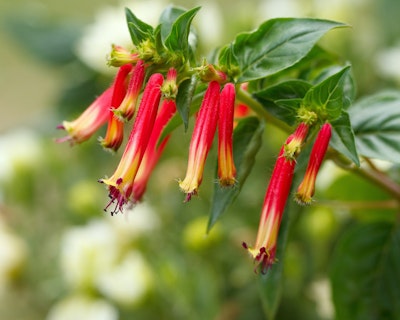
Incorporate nectar-rich plants to complement your feeders and create a natural, balanced habitat:
- Choose plants with tubular flowers in vibrant colors like red, orange, and pink.
- Include plants that collect water on their leaves, providing natural bathing spots.
- Add perching plants to give hummingbirds places to rest and survey their territory.
Maintaining Your Hummingbird Habitat
- Nectar Maintenance: Replace the nectar every 5–7 days in cooler months and every 2–3 days in warmer weather. Always replace nectar before it turns cloudy.
- Cleanliness: Keep feeders clean to prevent mold and bacteria.
- Placement: Hang feeders and plant flowers in partially shaded areas to provide a comfortable environment.
Enhance Your Garden with Hummingbirds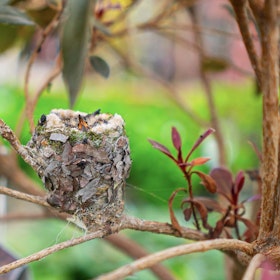
At SummerWinds Nursery, we’re here to help you create the perfect hummingbird sanctuary. Whether you’re selecting feeders or designing your garden with hummingbird-friendly plants, our Trusted Garden Advisors will provide expert guidance and top-quality products.
Stop by your local SummerWinds Nursery today and let us help you transform your yard into a haven for these enchanting birds. Together, we can make your garden come alive with the flutters of hummingbird wings!

